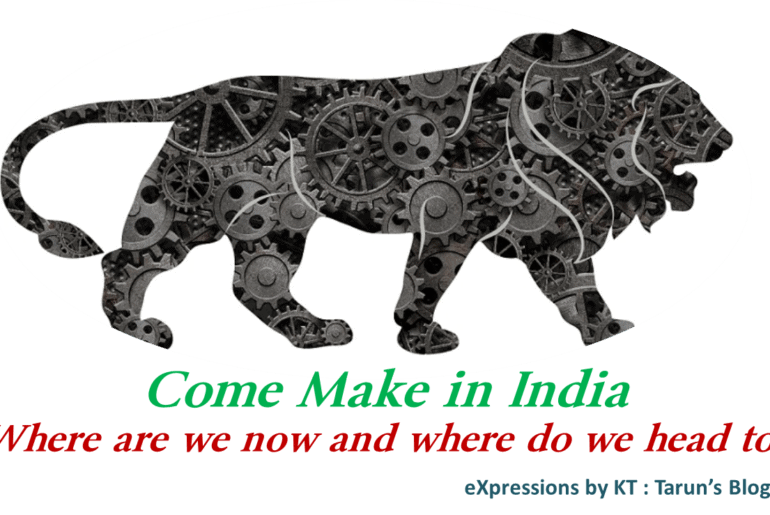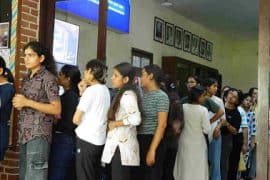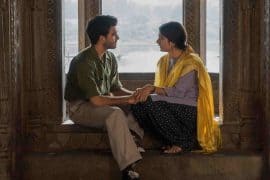Narendra Modi has been perceived as a strong and focused leader amongst the youth. After a corruption grimed UPA 2 tenure, the hopes and dreams of all the demographic strata were bent on Narendra Modi’s NDA Government. The Youth similarly had various demands too -education, health, employment, family planning and world connectivity. Being the World’s youngest democracy, India is also set to play an important role in the Global service sector. With the Make in India policy, a similar behaviour is expected in the manufacturing sector too. Let’s analyze and assess some of the newly introduced policies of the Modi government and how they have a substantial impact on the Youth and its role in the future.
1) Beti Bachao, Beti Padhao, Sukanya Samriddhi Yojana

India has predominantly been a patriarchal society. Although acts of rape, domestic abuse, and female foeticide have been prevalent in our society since the 1950’s, the recent upsurge in pro-active media has brought things into the limelight. The sex ratio (918:1000) in India is extremely poor and is as bad as many African countries whose GDP is 10 times smaller than India’s. To address these issues and to improve on the statistical data provided, the Beti Bachao, Beti Padhao and Sukanya Samriddhi Yojana were introduced. You might eye these policies as three distinct policies or a consolidated legislation, but however you perceive it, the policy’s on-paper direction aims at-
a) Increasing the sex ratio by incentives that can benefit the whole family through Beti Bachao Abhiyan.
b) Increasing the involvement of young women in economic decisions in the future, through a boost in female participation in schools, colleges and graduate schools through Beti Padhao Abhiyan.
c) Increasing family savings in the name of the girl child in the family through the Sukanya Samriddhi Yojana.
Issue: The issue with this policy is the concern of its execution. With the allocations for the Women and Child Development Ministry in the government budget being reduced to one third of that of the UPA government’s budget, there are serious doubts about the large scale successful implementation of the Government.
2) Pradhan Mantri Suraksha Bima Yojana and Pradhan Mantri Jeevan jyoti Bima Yojana
More than 65% of the Indian population has inadequate insurance coverage. As passive as it might seem to take an insurance policy at a young age, in the long run it proves to be extremely essential. Insurance which provides relief to families of youth who have died due to accident or natural death can successfully provide for an ailing family who has lost its only son or daughter. Health insurance also becomes important for the youth who suffer from hereditary diseases. The two policies mentioned above can assist the youth or his/her family monetarily and effectively. The policies aim at –
a) Providing a coverage of 2 lakh on death or full disability on a premium of rupees 12 per annum. It also provides for coverage of 1 lakh for partial disability under the Pradhan Mantri Suraksha Bima Yojana.
b) Providing coverage of 2 lakh on death due to reason (not controversial), on a premium of rupees 330 per annum under the Pradhan Mantri jeevan jyoti Bima Yojana.
Issue: The acceptance of insurance in the rural strata and the youth is generally less. The governments throughout the ages have been unsuccessful in changing this candid and conservative mindset.
3) National Skills Mission and Skill India Initiative

Indian youth are often plagued by the fact that they are incapable of getting jobs in spite of being a graduate or a post graduate. In a survey conducted by the Para Foundation in Pune, the stark contrast in the curriculum of courses taught in undergraduate colleges in India and the United states state that nearly 70% of the Indian curriculum paves a way for textual rather than a more practical (more preferred) approach to education which in the United states is 70% in favour of practical education. This gap reduces the quality of skilled labour available in the country. In the recent 2015 budget, allocations for a consolidation of skill initiatives across ministries, now directly under the Skill Development ministry shall pave the way for a faster and more unidirectional approach to increasing productivity, employment opportunities and knowledge amongst the youth. The upsurge aims at –
a) Consolidating 20 different skill development bodies working under different ministries (Labour and Entrepreneurship, Education, Women and Child Development, Social Injustice and many more) and synergizing them under one ministry’s direction.
b) Relaxing the scope for foreign investments and expertise in the skill development sector.
c) Bringing India one step closer to a skilled powerhouse of human resource
Issue: Consolidating the functioning of skill based organizations across ministries is a tough and complex task.
India’s strength lies in its huge human resource repository. However it is essential that the opportunities are available to all strata of the society. A healthy skilled labour force can be attained by bridging the gender gap, by practically facilitating long term healthcare and transfer payment mechanism and adequate skill development opportunities. The current governments’ policies are aiming to do exactly that. The result however can be ascertained or judged after the 5 year period of the Government.
Image Credits- expressions.blogspot.com
Ishaan Sengupta
[email protected]





Comments are closed.